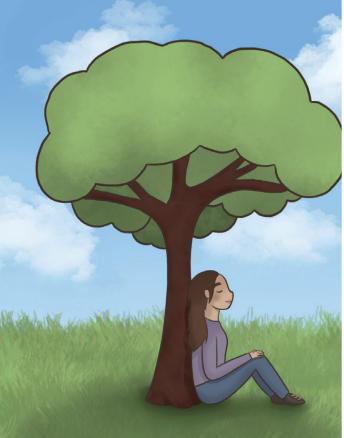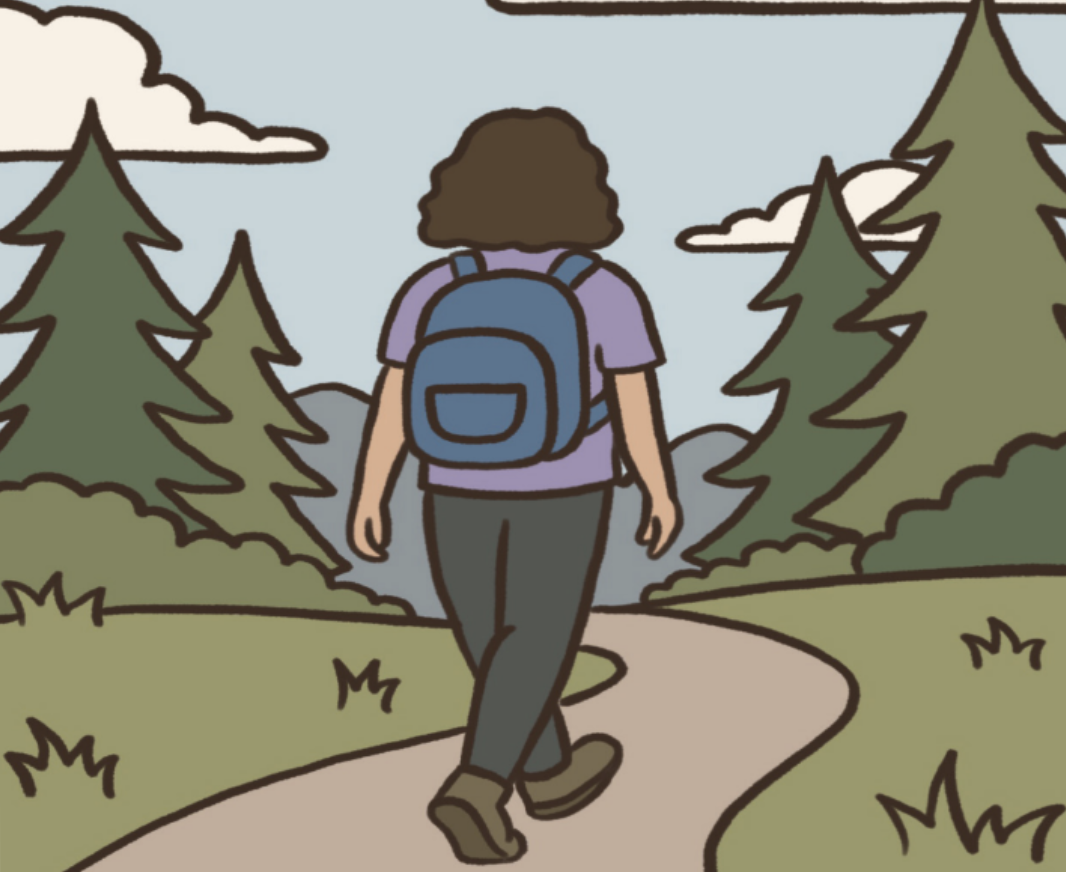Vampires and werewolves, “Friday the 13th” and “Scream,” ghost stories and haunted houses are all pretty scary things if you ask me. But what’s even more spine-chilling is how much Halloween negatively impacts the environment, and it’s not like the environment gets rewarded with candy after saying “trick or treat.”
As cobwebs adorn bushes and jack-o’-lanterns appear on doorsteps, 73% of people in the country plan to participate in the spooky season, according to a National Retail Federation survey. That means 73% of people will buy plastic-based costumes they’ll most likely wear only once and carve out jack-o’-lanterns that will rot within a week.
When October ends, the majority of people will throw away their costumes and decorations, not knowing it can take up to 200 years for them to fully decompose. They’ll also dispose of their pumpkin along with the other 18,000 tons of pumpkins that were on display for a couple of weeks, only to buy a couple more for Thanksgiving.
While I love the cold weather, glittery costumes and orange hues that come with Halloween, I think it is extremely important to be conscious of how these celebrations impact the larger community.
Although Halloween only lasts one day of the year, the decorations and costumes we choose to celebrate it with can last long past it. As you can imagine, the rate at which these items are entering the landfill only increases as more Halloweens pass. But luckily, there are things we can do that can combat this problem, especially as Marlborough students.
As a large community, we are given the opportunity to make the most of our communal Halloween celebrations, whether it is in or out of school. Try to reuse decorations and donate or save bought costumes, or even better, make your own costume. These actions can significantly reduce the amount of harmful materials wasted, and benefit the environment.
If you bought a sweet pumpkin rather than a decorative pumpkin, there are so many incredibly under-rated and delicious recipes you can try. It might sound unappetizing to use your pumpkin, but believe me, they’re more versatile than you may think. Make pumpkin pie or toasted pumpkin seeds, it’s simple and easy! I know pumpkin is not for everyone, so if you’re one of those people, cutting your Halloween pumpkin up into smaller chunks turns 20 years of decomposition time into as little as two months.
Making your own costumes can be fun, fulfilling and it’s eco friendly. Using pieces of your own wardrobe is sustainable and interesting. Old clothes and thrift store finds make costumes more sustainable. This personalized way to dress up is budget friendly and reduces the risk of buying something for one night of the year.
Halloween isn’t the only time of year we choose to drown our homes in decorations, so it is extra important to continue these practices beyond Halloween. Making small changes to embrace this holiday in a way that takes the environment into account will help create a healthier climate for trick-or- treating, and eventually year-round.





